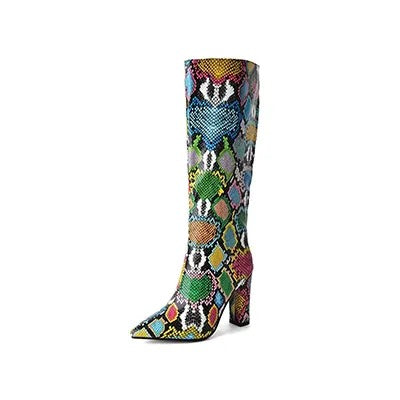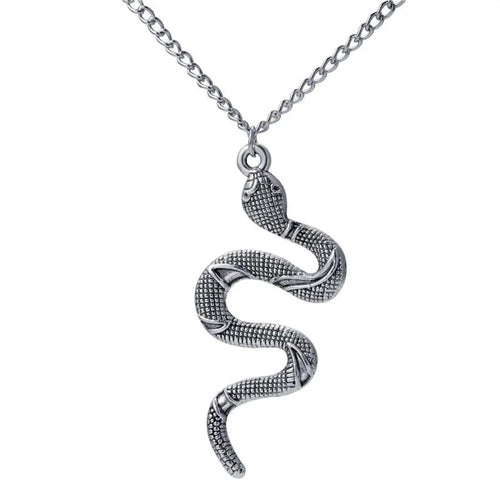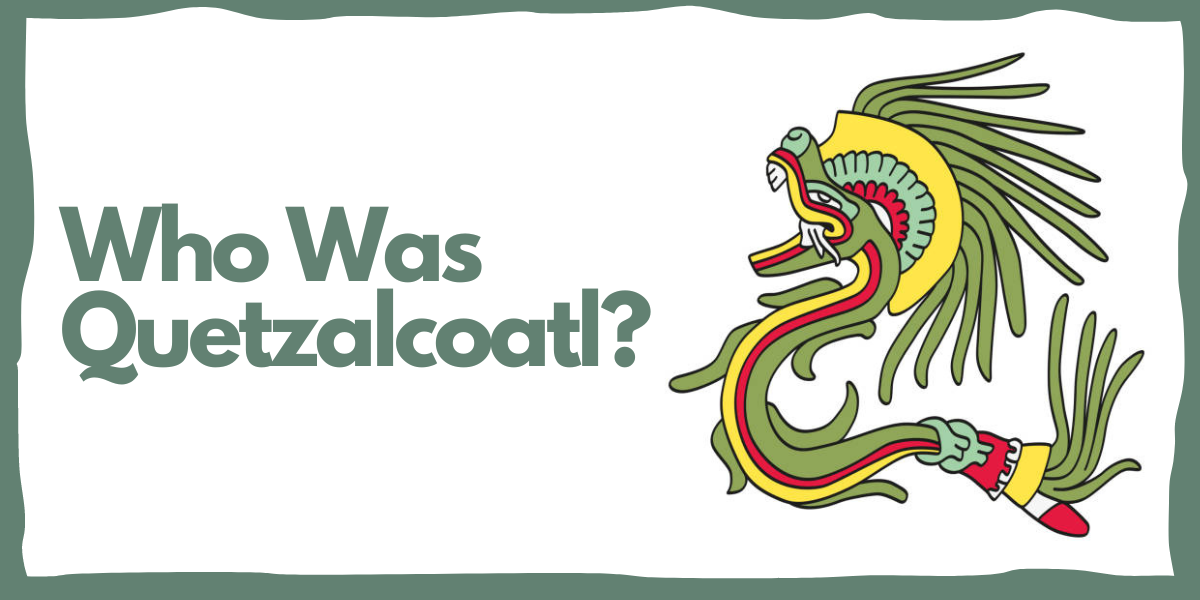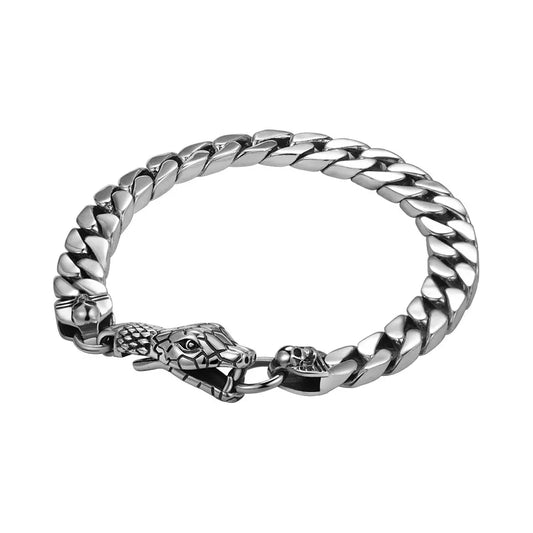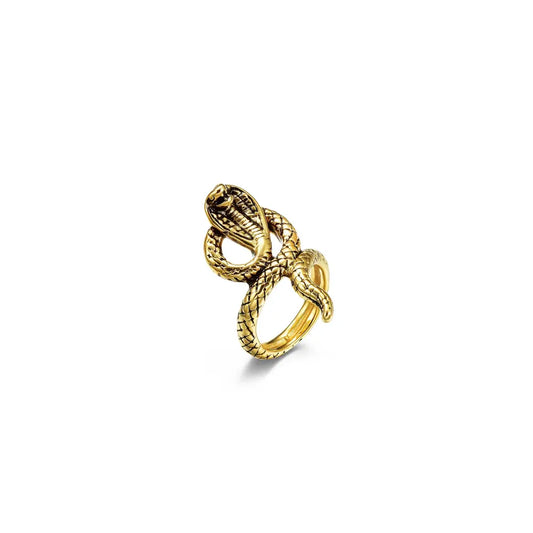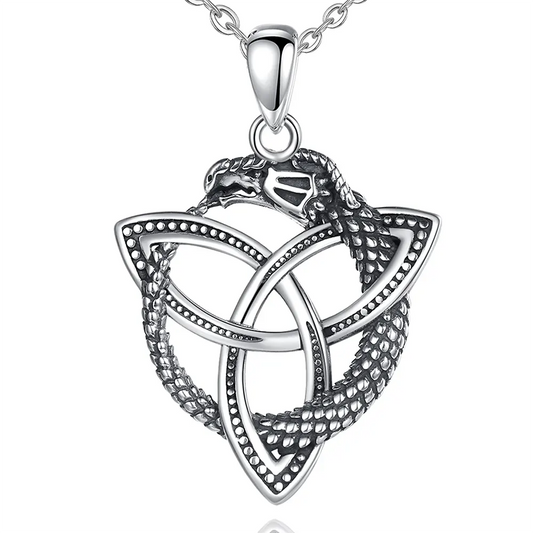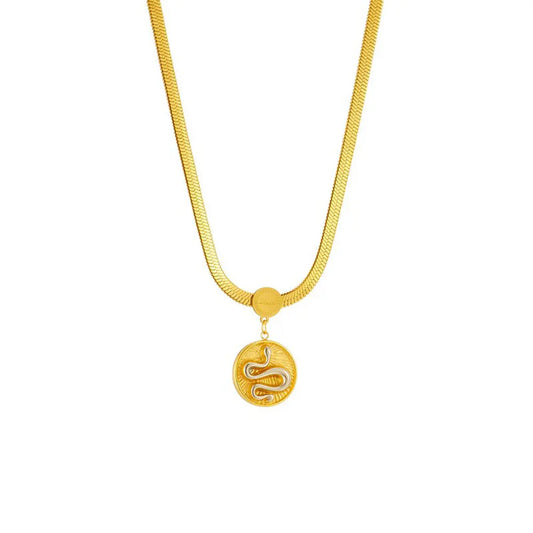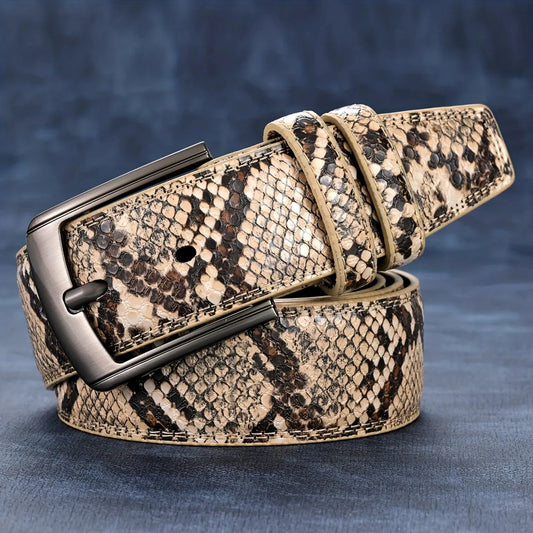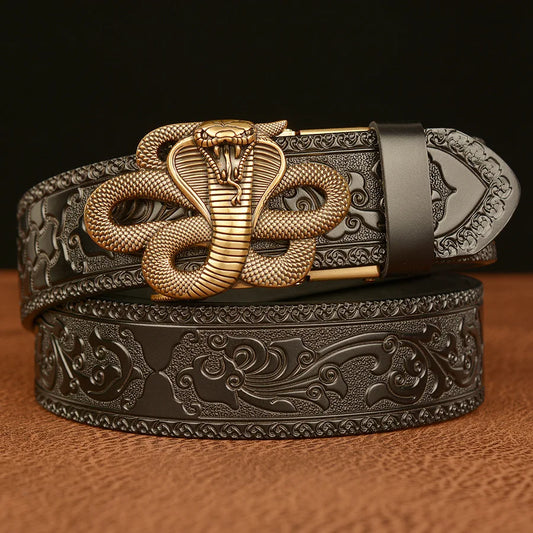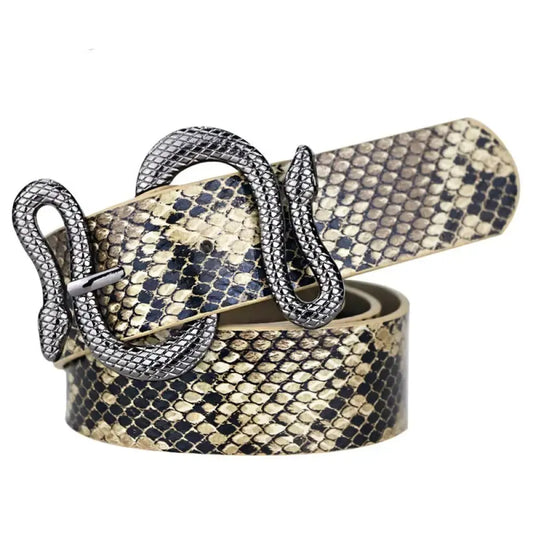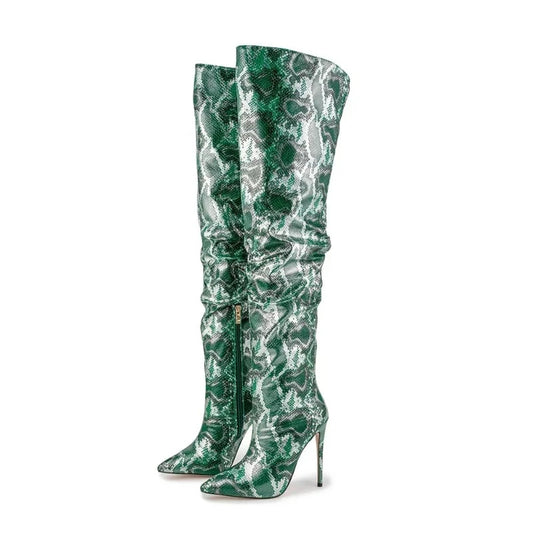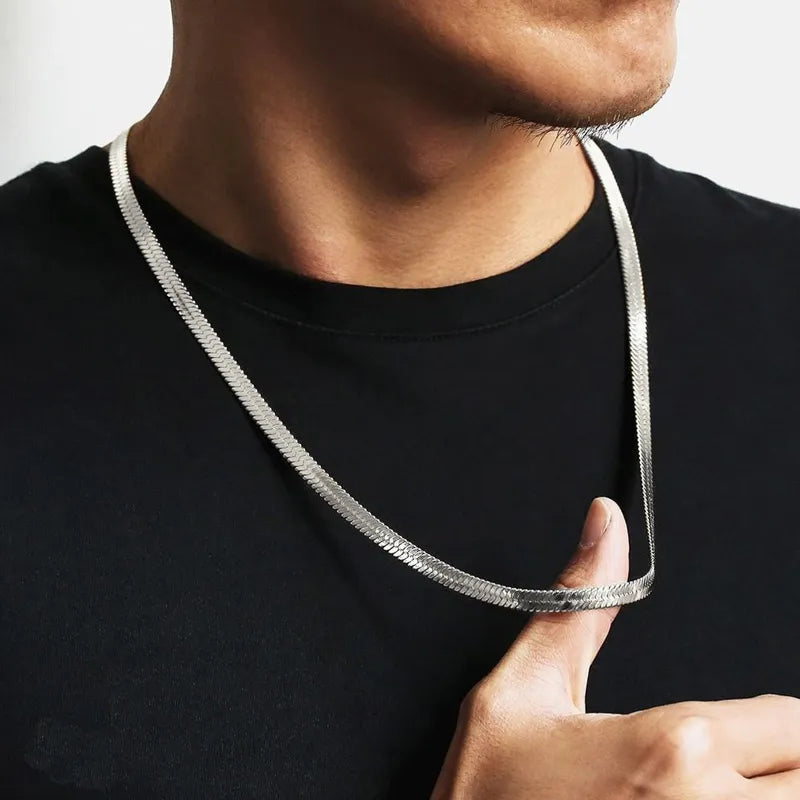Ever wondered who invented the Aztec Calendar? Also, how did Quetzalcoatl create humans from stolen bones? Apart from being a serpent, was Quetzalcoatl a good God? What was the role of the feathered serpent in Aztec society? Before answering any of these lets find out who was Quetzalcoatl?
My name is Zoya Karnik, a historian and scientific researcher, specializing in snake-oriented allegories across divergent cultures. I am also an author for the Snakes Store’s team. In my field of studies, I have come across the South American serpentine gods and their widespread presence across many countries and thousands of years- which I would like to share with you here.
A notable Aztec deity, Quetzalcoatl was portrayed as a mix of a bird and a rattlesnake. He is named the feathered serpent and linked to the creation of earth and mankind, holding affinity to priesthood and flourishing of agriculture. He is also related to the Jesuit missionaries of the Colonial era.
This is a historic account of Quetzalcoatl according to Mesoamericana scriptures, covering:
- Symbolic representation of Quetzalcoatl in Aztec culture
- An overview of the legends of the feathered serpent
- Significance and Interpretation of Quetzalcoatl in contrast with historical events
Read on to learn about the legendary Mesoamericana serpent who imposed a dynamic image for centuries on several societies:
The term Quetzalcoatl or Quetzalcohuatl encapsulates ‘Quetzal’ meaning green feather, the quetzal bird’s feather, and ‘coatl’ which refers to the snake, hence the ‘feathered serpent’ icon was born.
Aztec folklore says Quetzalcoalt was associated with the cult of Tlaloc early on and then transformed from a serpent to a man.It represented the god of knowledge, protector of humanity and often associated with the planet Venus. But in time, his evil behavior gained recognition.
Revered as one of the pantheon’s essential deities, Quetzalcoalt created the world and human life. It was essentially respected as a god of ancestry who, according to mythical legend, shaped the varied lineage of the Mesoamericana groups.
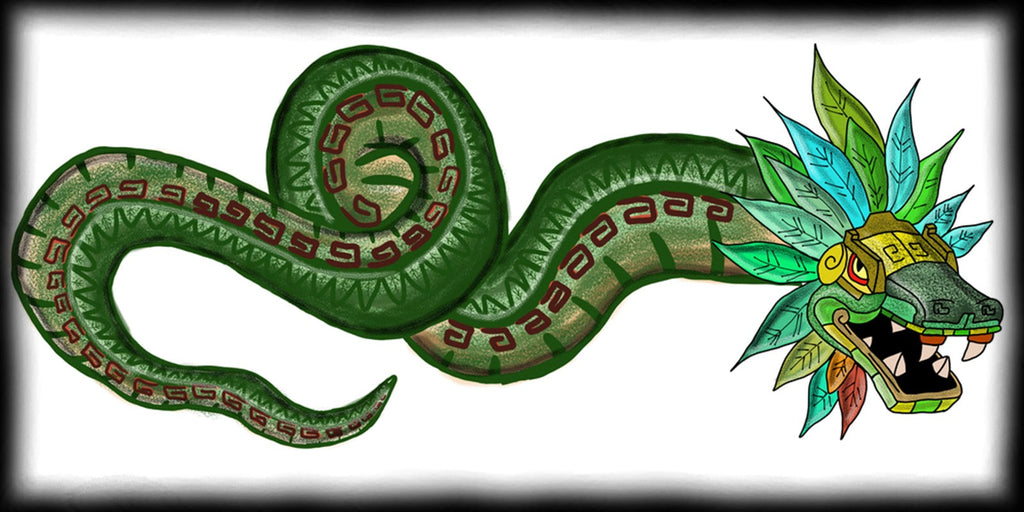
1- What does Quetzalcoalt represent?
Quetzalcoatl is frequently described as a snake. The oldest known symbol of the god, a stele, dating from between 1200 and 400 BC, was discovered at the Olmec site of La Venta. It depicts a snake raising its head behind an individual, possibly a priest. Refined symbolic versions of the feathered serpent exist in the six-story pyramid built in his honor at Teotihuacan, which dates from 300 AD.
Throughout Mesoamericana history and ever-changing myths and traditions, ideations of Quetzalcoatl extended beyond the morphology of snakes. Of particular interest are symbols of Quetzalcoatl that have a distinctly human appearance. They originated from 700 to 900 AD at Xochicalco,a pre-Columbian site that was colonized by Mayan traders.
Aspects of Quetzalcoatl’s ‘human’ qualities influenced the last Toltec leaders if they worshipped and equated Quetzalcoatl to a king. The adventures of the Toltec kingTopiltzin Ce Acatl Quetzalcoatl, who reigned over the mythical and historic city of Tollan, are inextricably linked to the legends of the god himself.
The worship of Quetzalcoatl comprises many forms and appearances. In his character, Quetzalcoatl-Ehecatl, the god portrays a protruding duck beak mask with fangs and shell jewelry, namely Ehecailacocozcatl. While in his Quetzalcoatl-Tlahuizcalpantecuhtli appearance, the deity wore black and an opulent headdress, while possessing arrows that were representative of the rays of the morning star.
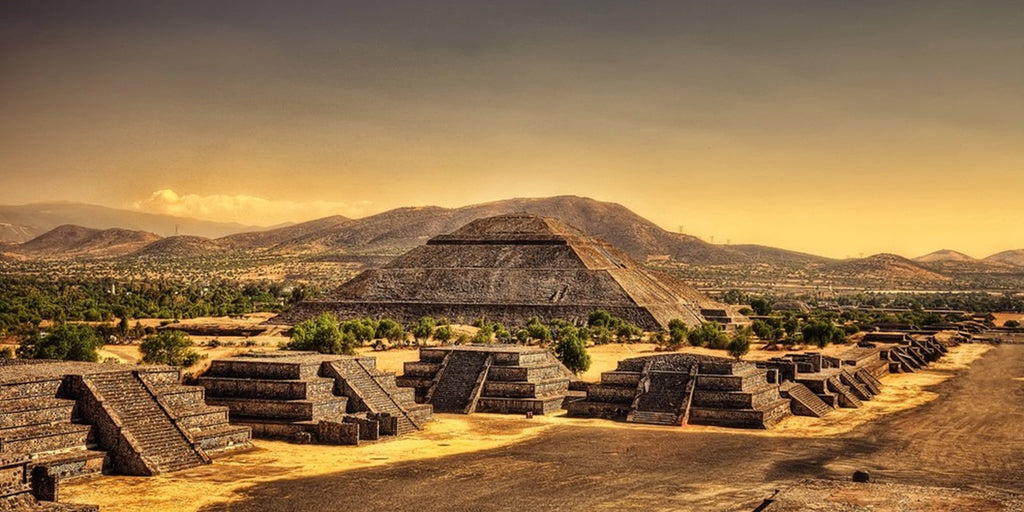
2- Origins and myth of Quetzalcoalt
As previously mentioned, Mesoamerican traditions that focus on the cult of the snake predate the Aztecs by nearly 2,000 years. The fascination of the ‘Feathered Serpent’ as an absolute deity is thought to have begun circa 100 AD in Teotihuacan, the largest city in pre-Columbian America. As 700 AD began and Teotihuacan fell, adoration for the Feathered Serpent did not falter. Instead, the time’s iconography shows it extending to other Mesoamerican cities, including Xochicalco, Cholula, and the Mayan people’s Chichen Itza.
The Yucatan Maya’s Kukulkan, meaning the serpent of war or vision, and Gucumatz or Qʼuqʼumatz for the Guatemalan Quiché, are other titles attributed to the ‘Feathered Serpent’. The Toltec leaders continued the worshipping tradition of Quetzalcoatl through their specific mythical-historical connection to the deity. For example, legend suggests that around 900 AD, during the early post-classical period, Quetzalcoatl, a Toltec warlord who was also known as Kukulkán, descended upon Yucatan. Similarly, Topiltzin Ce Acatl Quetzalcoatl, another legendary Toltec ruler, was hailed as the son of Mixcoatl, a renowned Chichimeca warrior.
3- The Myth Of Quetzalcoatl
The older people of Anahuac, known as the Toltecs, whose capital city was Tollan, said they originated from the country of HuehuetlapaIlan. At a time when the gods existed among humans, they were governed by a certain Quetzalcoatl, who held religious authority, and by a king named Huemac.
All the animals and humans lived in peace at that time; the earth bore uncultivated, rich harvests with plentiful food and more than enough large produce for everyone. The birds sang harmoniously, admiring their bright and vibrant feathered plumage, and the cotton naturally developed colors requiring no dyes. Earth and nature were full of life and color.
All living creatures lived in abundance. Quetzalcoatl was so wealthy, he owned palaces of gold and silver. He was also very skillful, and it is believed he invented the art of melting metals and cutting precious stones. Quetzalcoatl possessed great wisdom, as demonstrated in his actions and the laws he gave to society. A man would be sent to the summit of the mountain of the cries, Tzatzitepec, to announce new laws. The voice echoed for miles around for all to hear the news, so legend says.
The god Tezcatlipoca, who was either jealous of the Toltecs’ prosperity or desired the accolade of creating it, decided the solution was to drive Quetzalcoatl out of the country he revitalized.
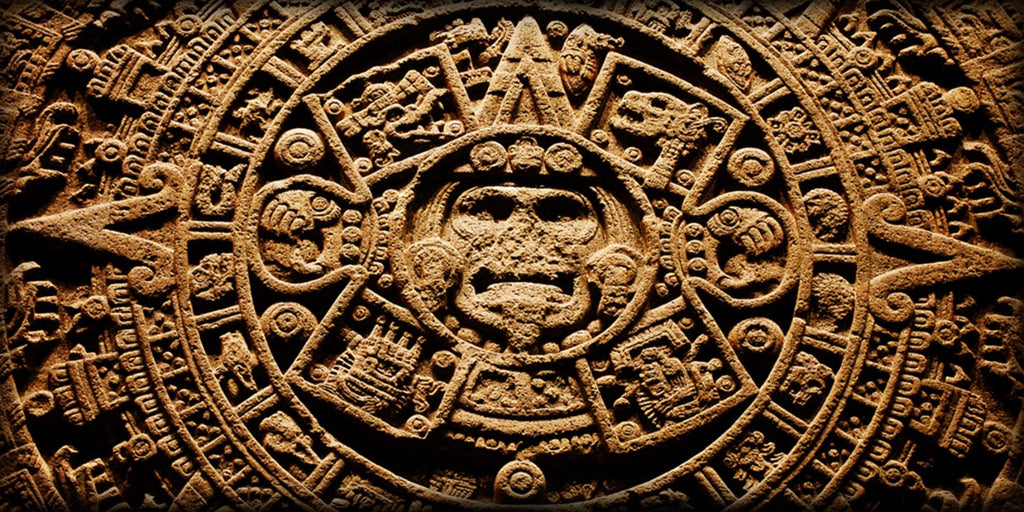
Learning that Quetzalcoatl was ill, Tezcatlipoca took the form of an older man and announced he would bring him a cure. Admitted in his presence, he provided a drink to give Quetzalcoatl immortality and inspiration to travel. He announced that the gods desired that he travel to the Huehue-Tlapallan kingdom, from where the Toltec nation originated.
As soon as Quetzalcoatl tasted the potion, he experienced a new strength and desire to go on his mission of travel. He ordered all the birds to join him on his journey, demolished his palaces, and turned fruit trees into wild plants, before starting on his travels.
a) The trip to the great pyramid of Cholula
As Quetzalcoatl traveled towards Cholula, he felt tired and leaned against a rock. The mark of his hand remained and was still visible in Spanish times. Upon arrival in Cholula, he surrendered to the authorities of the inhabitants, who offered the government's reins. He became well-loved among the people for his gentleness and love for peace, he taught them the art of smelting metals, religious rituals, defined the calendar, and the order of the seasons. He introduced the great fasts of eighty days, regulated the Toltec year's intercalations, and wanted the first fruits of the harvest to be the only offerings to the deity.
After twenty years in Cholula, Quetzalcoatl returned to the road accompanied by four of his principal disciples. However, at the mouth of the Coatzacoalcos river (= Where the serpent hides), he told the disciples to return to Cholula and to tell its people that he would soon return to govern them and renew their happiness. To respect his memory, the inhabitants elected Quetzalcoatl’s disciples as the leaders of their republic. They remained as heads of the four ruling families until the Spanish arrived.
Various debate surrounds the rest of Quetzalcoatl’s tale; some suggest he traveled to Yucatan, where snakes entwined him in a boat that sailed to the kingdom of Tlillan Tlapallan, while others simply say he disappeared at sea.

b) Interpretations of the Myth
This myth of Quetzalcoatl occupied many writers of ancient Mexican history. Some idealized him as the apostle Saint Thomas who, after converting the Indies, traveled through China and Japan to preach Christianity in Mexico.
He subsequently appeared in New Granada, under the name of Bochica, and in Peru was known as Manco-Capac or Viracocha. Other authors said he was merely a high priest of Tollan located to the northwest, who settled in and civilized the town of Cholula and its surrounding areas.
This myth explains the disappearance of the Toltec culture. Such mythical interpretations cast in an evangelical filter only provide another mythical layer to the legend. It is more appropriate to be visualized as a mythological creature to be studied using the current tools of religious anthropology.
c) The Quetzalcoatl Cult
Popular pilgrimages were made to Quetzalcoatl’s high temple in Cholula, where gold, silver, and rare feathers surrounded his effigy. The Spanish thought he was the god of commerce. He was the size of a man, exhibiting a bird’s head with a red beak that displayed a crest and warts, with several rows of teeth and the tongue hanging out. Armed with a scythe, his head wore a miter while various types of gold and silver jewelry adorned his legs. Quetzalcoatl’s temples in Mexico City included doors symbolizing open mouth and were circular in design.
The guests danced while awaiting the feast. After eating their share, they greeted the statue of the god at sunrise and continued rejoicing for the rest of the day. The guests dressed in various forms, representing birds, butterflies, frogs, wasps, and other insects; while others symbolized cripples and penguins. Pleasant stories of misfortunes and tales were shared while dancing concluded the festival.
d) Quetzalcoatl's Return
Until the Aztec Monarchy was established, Cholula’s city remained the main seat of religion in Mexico. It continued to prevail and operated as a republic, anticipating Quetzalcoatl’s return to power, as promised. The entire empire shared this belief, and even the unfortunate Montezuma recognized this holy legislator’s descendants in the comrades-in-arms of Cortez in later years.
4- Your modern interpretation of Quetzalcoatl's craft
Dating back to an era when symbols were a language, you can now recognize and interpret the symbolic representation of Quetzalcoatl, the cordial god of craft, agriculture and above all creation. Additionally, you have learned about allegories that make your knowledge of Mesoamericana culture superior to many people, including modern natives.
Some of these myths shine a light on underscored historical events such as disappearance of Toltec culture and missionaries and the apostle Saint Thomas- giving you an upper hand to provide unanticipated knowledge and share it with those who have an interest in your circle. More than anything, you know who was Quetzalcoatl!
Symbolically linked to the ancient deity of precious stones, the Tension Diamond bejeweled snake rings- a modern interpretation of Quetzalcoatl’s crafts.
Click on the link below for a touch of serpentine wisdom translated into ornaments👇🏼

































































